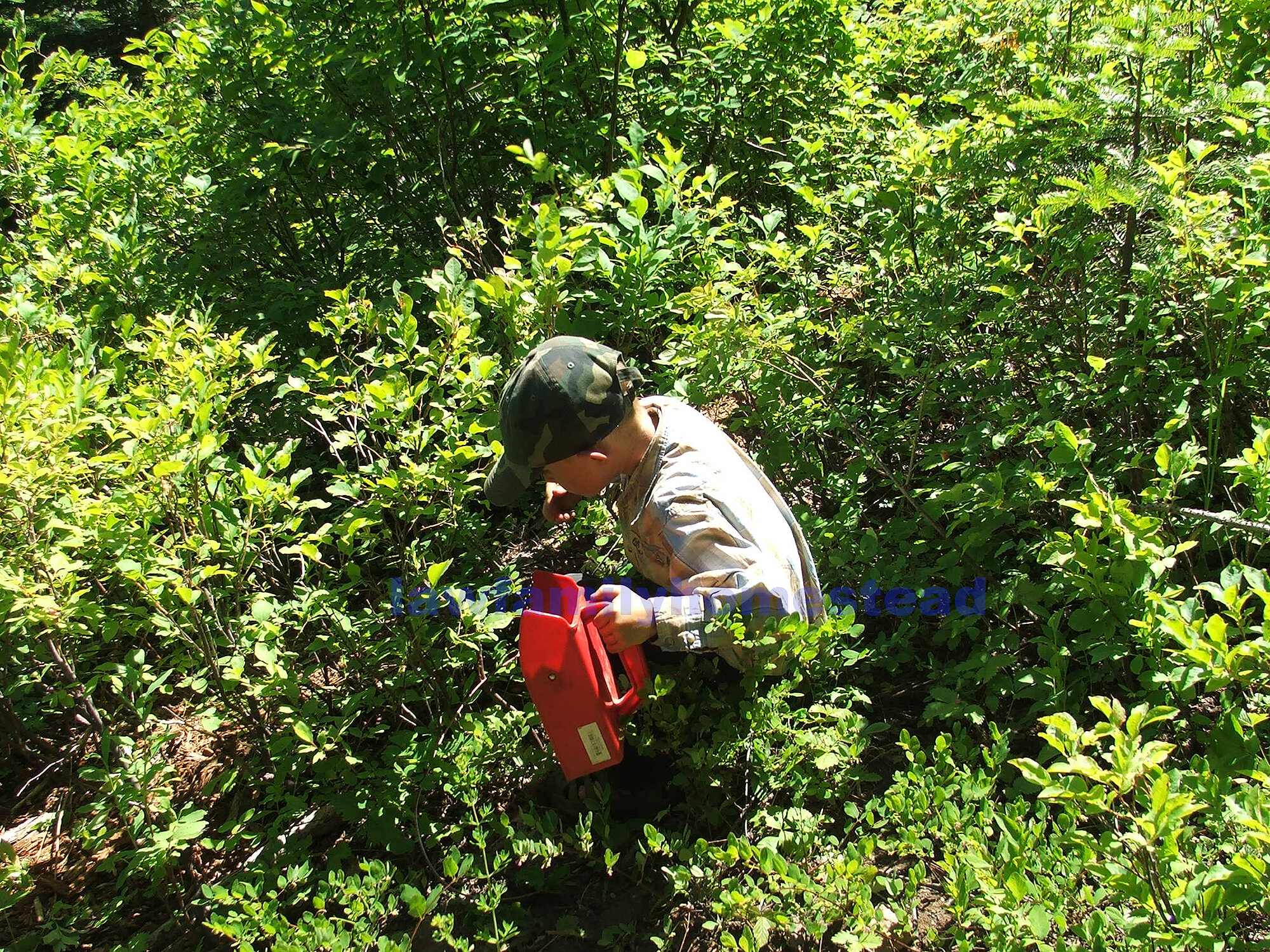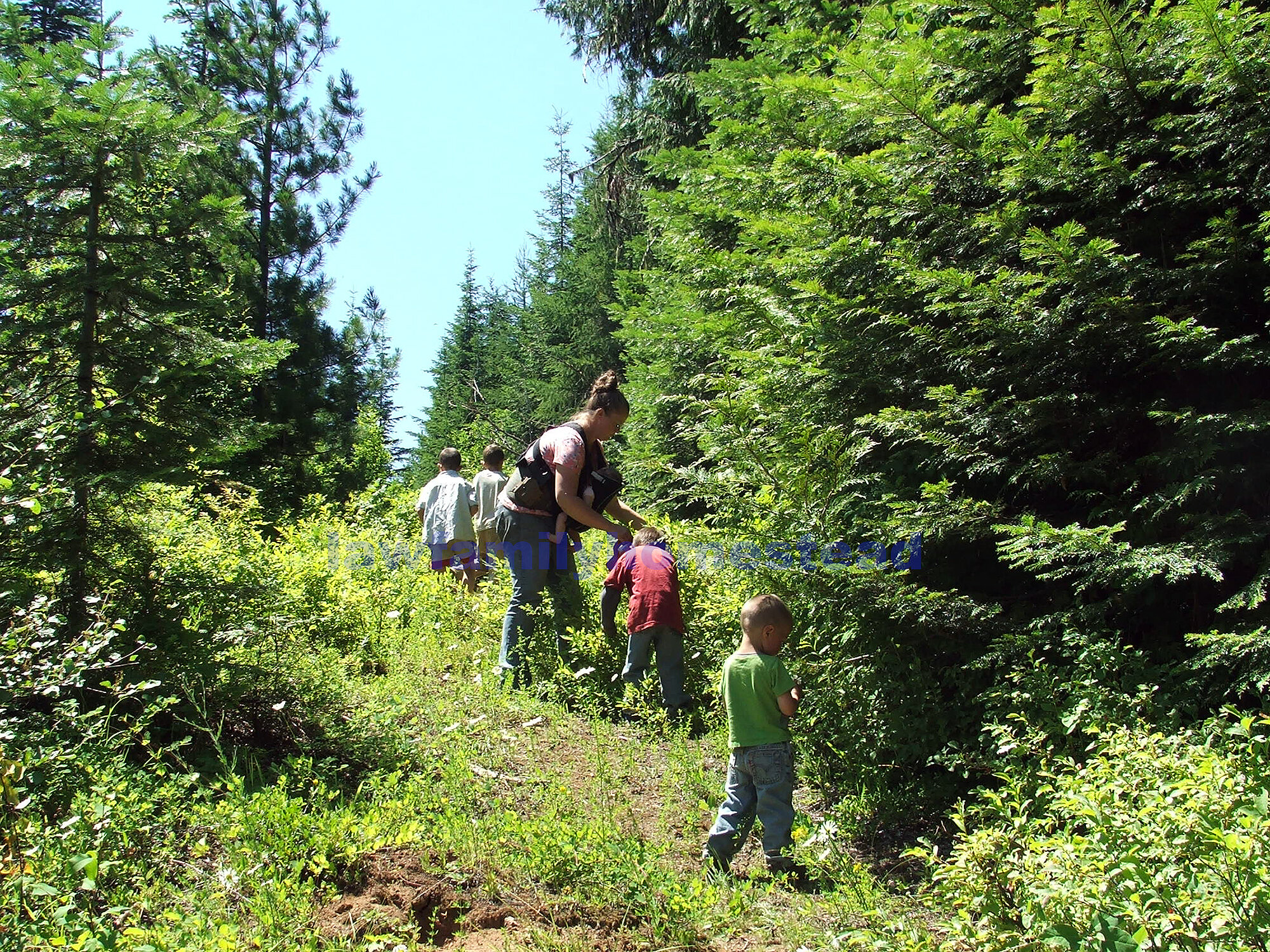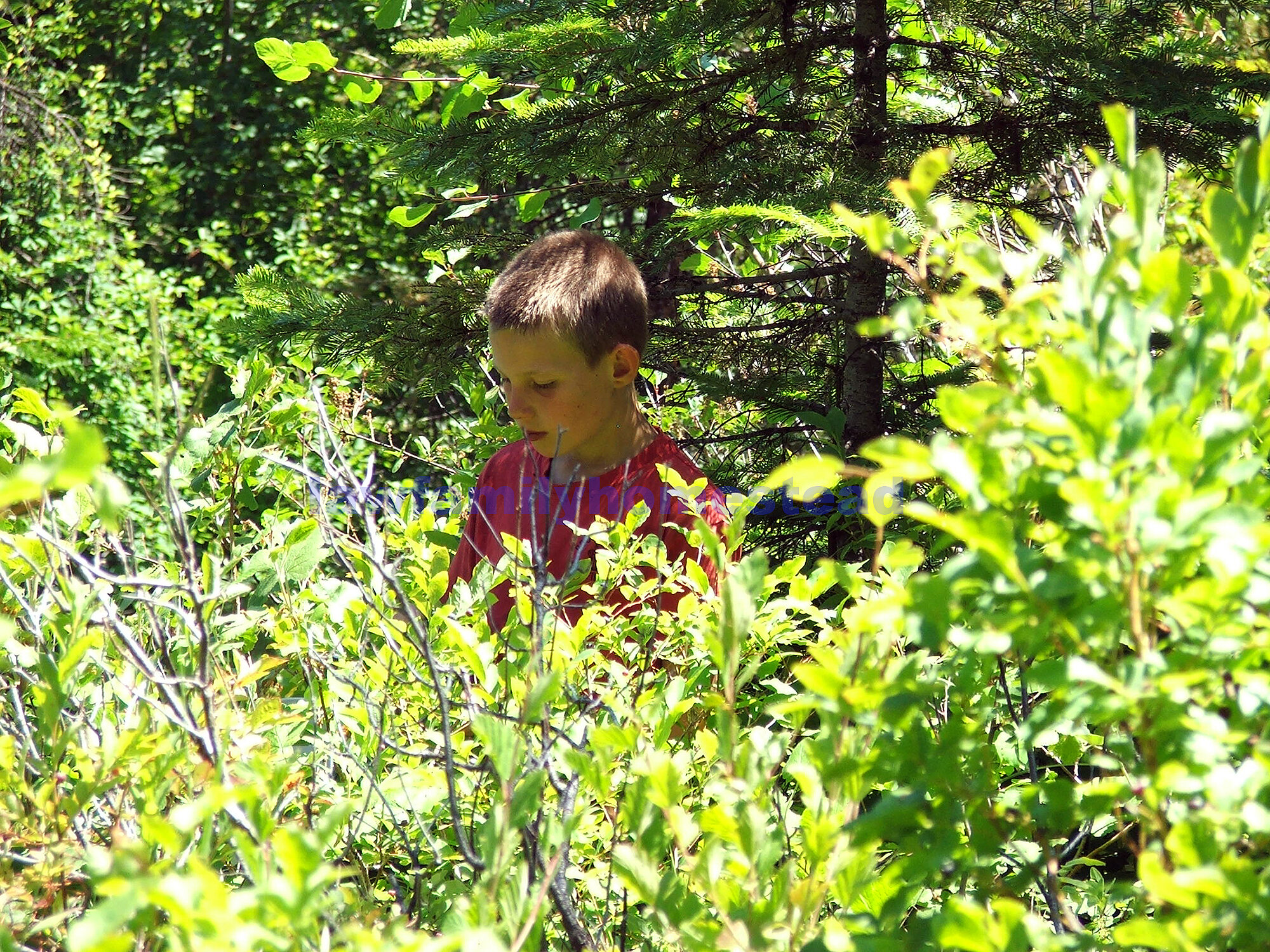A Family Tradition
What are some of the activities that keep our children living in our communities once they are grown with families of their own? If they have left the homestead and gone to the city, what draws them back home when they have children? What can we, as parents, give them that they can pass down to their children? Perhaps a heritage, a culture, or what some may term "traditions".
It seems society is so fast-paced and shallow in day-to-day interactions with each other, that it is contributing, at least in part, to the dysfunction seen in families today. We have observed, inside our family, that being actively engaged in physical activities together creates a stronger family bond. The ability to participate in seasonal or cyclical activities creates a heritage (tradition) which help bind us together.
We have started some of our own family traditions and are always looking for more to add. One activity we have made a priority to participate in is our local home school 4th of July Picnic and fireworks. The hosting family provides the main dish, while the rest of us pitch in with side dishes and desserts. Our family really looks forward to this time together as it gives us a chance to visit with other individuals in the community and particularly those who are also homeschooling and have larger families.
The kids have fun playing with their friends and the parents have an opportunity to have an adult conversation that is for the most part uninterrupted. It is great to be surrounded by people who have the same goals, beliefs and problems that we have. It is such a relief to know that you don't have the only two-year-old in the world who has discovered the toilet and thinks it is great fun to flush it over and over while standing in it!!!
Another activity we have established as a family tradition is going to a favorite alpine lake for the day on PW's birthday midsummer. The family gets together and brings canoes, inner tubes, food and the birthday cake. We enjoy a picnic and the boys enjoy getting into the water.
Sometimes during the summer months we also enjoy another family tradition that goes back to both of our childhoods. Truly a heritage that has fond memories for many, which our children may also enjoy. A heritage from the land itself, one that God has bestowed to us if enough effort is put forth to gather it in.
That heritage of . . .
HUCKLEBERRY PICKING!
There's nothing quite like the famous, but elusive, huckleberry. It is truly unique in taste. Although similar to blueberries, the huckleberry differs in the fact that it does have (minuscule) seeds and a thicker skin. It is also more tart than blueberries. In habitat, it is probably the only berry that commercial growers have failed to domesticate (YAY!), and yes they have tried. The only way to enjoy this berry is to get off the couch, get in your car, and drive across the mountain ranges until you find your own huckleberry patch.
Early American colonist misidentified it as the European blueberry known as hurtle berry; by 1670 it was corrupted to huckleberry. Unknown to colonists at that time, (it was discovered in later years) there are at least 35 species of huckleberries across North America. So do some asking around of the locals or your local forestry department and they should be able to tell you if there are huckleberries in your mountains, though the best places are always a well-guarded family secret.
Here JW2 commandeered one of our huckleberry rakes and is learning how to use it. It does take a bit of finesse. The boys are relegated to using their hands, and actually pick quite fast.
Northwest tribes made special combs of wood or salmon backbones to strip huckleberries off bushes. They dried the berries in the sun or smoked them and then mashed them into cakes and wrapped these in leaves and bark for storage.
The Lewis and Clark journals mention the huckleberry several times in reference to the Indians use of them and of their own use in 1806-1807.
If you wish to pick your own huckleberries, the season runs roughly from June through August, ripening first in the lower elevations, and then slowly creeping up the mountainsides as the summer progresses.
Forest fires enhance huckleberry habitat by allowing more light on the forest floor, and also the release of more nutrients into the soil producing more ashy soil on which huckleberries thrive. So look for an area that has had a fire in the last 15 years as it can take the huckleberry plant 15 years to mature and produce berries!
During the 1930s through the 1940s large camps were set in northern Montana where the fire of 1910 had burned. The picking was so great much of western Montana's population converged there and set up huckleberry camps. There were American Indians on one side of the road with as many as 500 teepee lodges and on the other side of the road other Montanans were camped. The camps might last from a few days to two months depending on the crop and the inclination of the pickers. The camps had a boom town atmosphere much like the gold mining towns of the west. Those years produced boxcar-loads of huckleberries.
I would hazard to guess this might be where the full scale huckleberry picking business now days stems from. And also where families started making it a tradition to go out and pick berries. What a rich heritage they have managed to pass down to us here in the northwest.
If you decide to pick your own huckleberries, keep in mind this is a food source for many wild animals. Keep a lookout for deer, birds, rodents, insects, and the most well known, black bears and grizzly bears. The huckleberry provides bears with one-third of their fall diet. That's a lot of berries. So make sure you are prepared for the possibility meeting one.
Speaking of food source, the animals know a good thing. Here's some nutritional facts on huckleberries.
They are high in vitamins A, B, and C. They contain potassium, and most importantly pack in a lot of antioxidants. They are also high in iron and can lower cholesterol. They regulate water balance and are a natural detoxifier. They are helpful in the treatment of UTI's and are a natural laxative and also used to treat diarrhea. In a half cup there are 41 calories, 0.24 grams of fat, 10.51 grams of carbs, and 0.54 grams of protein.
The boys are ardent enthusiasts for huckleberry picking. They usually go on their first huckleberry picking trip while either in a front pack or a backpack depending on their age. They quickly acquire a taste for the berries due to the fact the older brothers all think it’s great fun to feed the baby huckleberries since he can't pick his own. Baby VAR, however, is sitting this season out. By the time the next season rolls around the little one is usually of an age where you can put them in front of a good bush and they will work at getting their fingers to pick the berries for themselves. And by the next season they are usually mobile enough they can walk from bush to bush without too much trouble. After that they are handed a bucket and the season of free berry picking comes to an end as they are expected to contribute to the greater cause.
The huckleberry makes a great alternative for expensive blueberries from the supermarket. All you are out, is time, which is a small price to pay for giving your children a fun memory that will hold their thoughts closer to home.
I use huckleberries in place of blueberries in all recipes. You can do pies, muffins, sauces, and our personal favorite . . .
DOUBLE HUCKLEBERRY ICE CREAM!
Of course the ice cream paddle is the most prized possession as it enables the lucky one to have the first taste! But then, there ARE two sides to the paddle, so that would make it the first lucky two.
Smiles attest that it was good while it lasted, but they don't realize that a bath is required to get all the sticky off!
So you've seen our latest huckleberry picking adventure, time to get out there and start your own huckleberry picking adventure. Tell us in the comments if you have picked huckleberries and what memories you have of picking them. Or share some of your family traditions you are creating with your own children. We are always on the lookout to add more traditions to our family.











